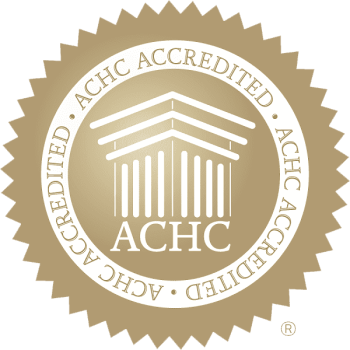Muscle Pain Treatment at our Jersey City Clinic
Muscular Dystrophy
Disease characteristics: Fascioscapulohumeral muscular dystrophy (FSHD) typically presents before age 20 years with weakness of the facial muscles and the stabilizers of the scapula or the dorsiflexors of the foot.
Genetic counseling: FSHD is inherited in an autosomal dominant manner. Offspring of an affected individual have a 50% chance of inheriting the mutant allele.
Clinical Diagnosis: The diagnosis of FSHD is suspected in the presence of bilateral facial weakness and weakness of either the scapular stabilizers and/or foot dorsiflexors and the absence of: a) ptosis, b) extraocular muscle weakness, c) sensory loss, d) skin rash, e) neurogenic changes on muscle biopsy, and f) myotonia, fasciculations, or neurogenic potentials on EMG.
Treatment:
- Physical Medicine and Rehabilitation
- Surgical Management
Movement Disorders
Parkinsonism
Background:
A syndrome characterized by tremor, muscular rigidity, akinesia, and loss of postural reflexes.
Classification and Etiology:
The constellation of symptoms described below occurs in both primary parkinsonism (Parkinson's disease) and secondary parkinsonism (Parkinson's syndrome).
Primary parkinsonism:
When no cause can be distinguished, the condition is designated as primary parkinsonism. Most cases of parkinsonism belong in this category. The disease most frequently appears between the ages of 50 and 79 yrs, but the incidence declines beyond the eighth decade.
Secondary parkinsonism:
Secondary parkinsonism is distinguished from primary parkinsonism by having a known cause.
Causes of Secondary Parkinsonsism:
- Infections
- Atherosclerosis of cerebral vessels
- Drugs and toxins
- Metabolic disorders
- Tumors
- Head trauma
Degenerative disorders
Symptoms and Signs:
The most common initial symptom is tremor, usually in one hand or sometimes in both and involving the fingers in a pill-rolling motion. The tremor is present at rest (resting tremor).
Muscular rigidity is usually readily evident on passive movement of a limb.
Gait becomes shuffled with short steps, and the arms fail to swing. Postural abnormalities are evident in the erect and sitting positions.
The face can become masklike, with lack of expression and diminished eye blinking.
Mood abnormalities, usually depression or anxiety, are common and may be the heralding symptoms.
Treatment:
- Medications
- Physical Medicine Rehabilitation
- Surgery/Surgical Treatment: A new approach to replenishing the dopamine deficit by transplantation or grafting of fetal nigral cells to the corpus striatum shows promise.
Movement Disorders
Introduction: Movement disorders comprise a complex group of diseases and conditions that may cause involuntary movements (dyskinesias), abnormal muscle tone (dystonias), or postural disturbances. Disorders include tremor, chorea, athetosis, akathisia, hemiballismus, and myoclonus. Syndromes in which movement disorders are a major component of a generalized disease include parkinsonism, progressive supranuclear palsy, and the Shy-Drager syndrome.
Surgical Management of Movement Disorders:
Surgery is considered only after all attempts at conservative management have failed or provided suboptimal results. The type of surgery varies depending upon the particular movement disorder. In general, significant reduction of abnormal movement and/or tone can be expected in 80% of cases. The incidence of significant postoperative complications is quite low, on the order of 1 -5%.
Other Movement Disorders and Operations:
Pallidotomy: Used Successfully for a condition referred to as dystonia which involves increased tone and associated abnormal posting of trunk and/or limbs.
Deep Brain Stimulation (DBS): FDA approved for use in Parkinsonian tremor and essential or familial tremor. This involves the permanent implantation of a stimulating electrode (picture) into an area of the brain called the thalamus.
Thalamotomy: This technique is very similar to pallidotomy though the target is in a different area of the brain.
Selective Rhizotomy: With or without peripheral neurotomy or myotomy is used for torticollis which is a cervical form of dystonia that involves static or repetitive turning of the head.
Treatment:
- Physical medicine and rehabilitation measures.
- Surgical management.
Medical Therapies - A first step:
Presently, there is no known cure for movement disorders; however, there are new treatments and programs that are benefiting many individuals by improving the quality of their life. Generally, the latest medical therapies are pursued initially until they prove ineffective for the patient. Should these treatment programs not contribute sufficiently to enhance the quality of the patient's life, a surgical approach may be considered in consultation with the patient, the family and the neurological team of doctors.
Botox Injections - An available option:
Botox or botulinum toxin injection therapy is used to treat a variety of different neurological disorders.







